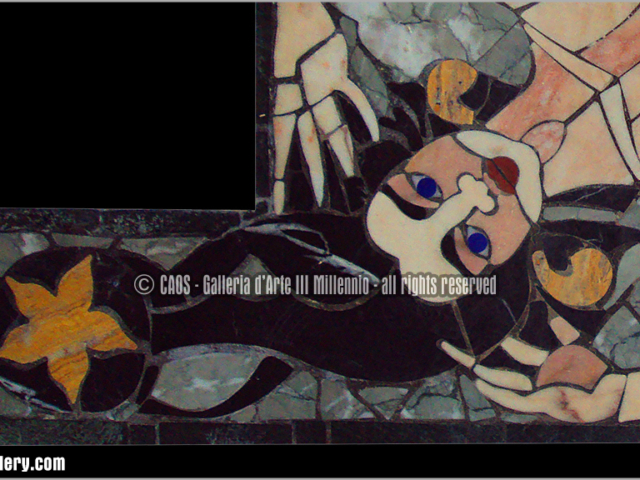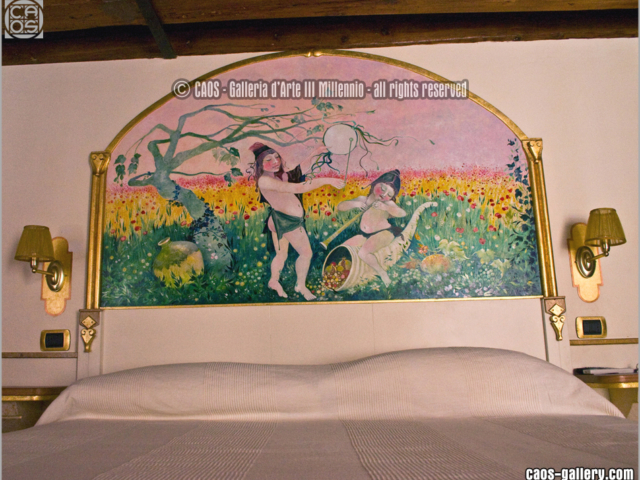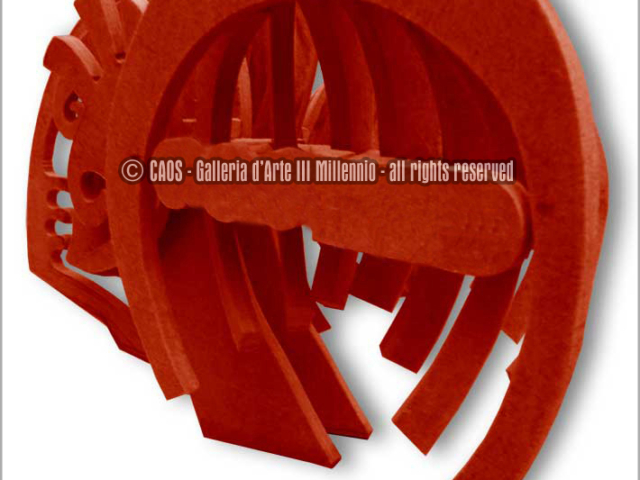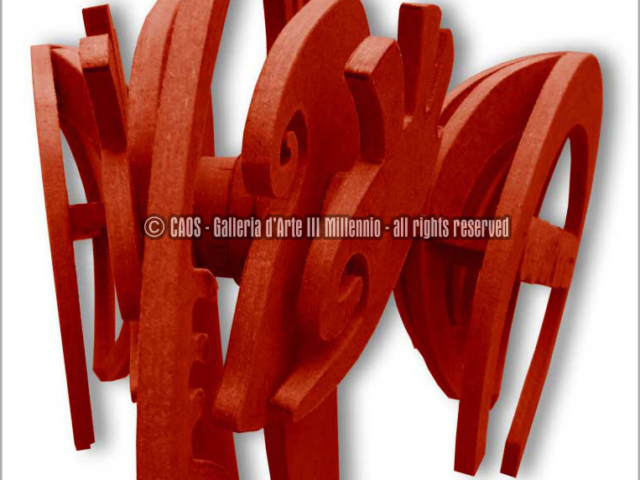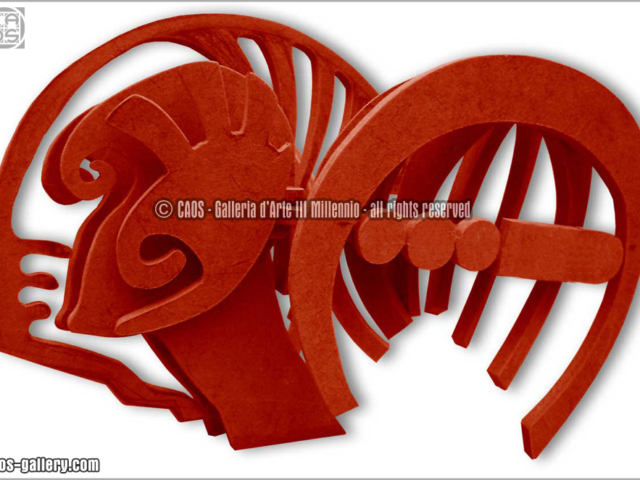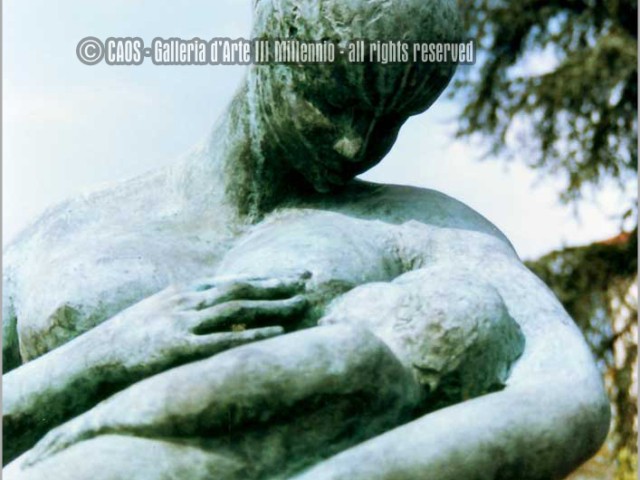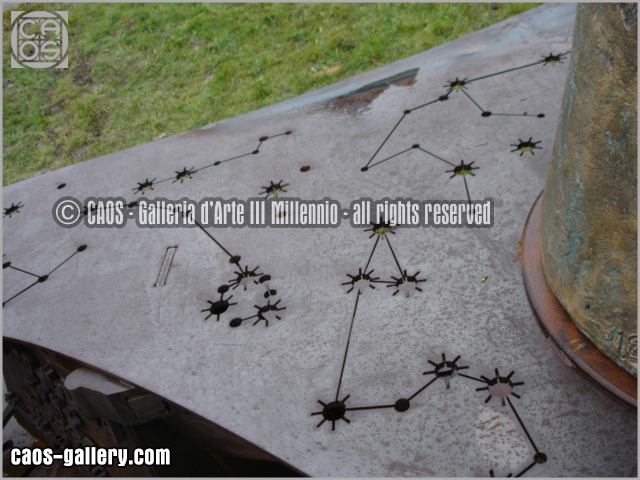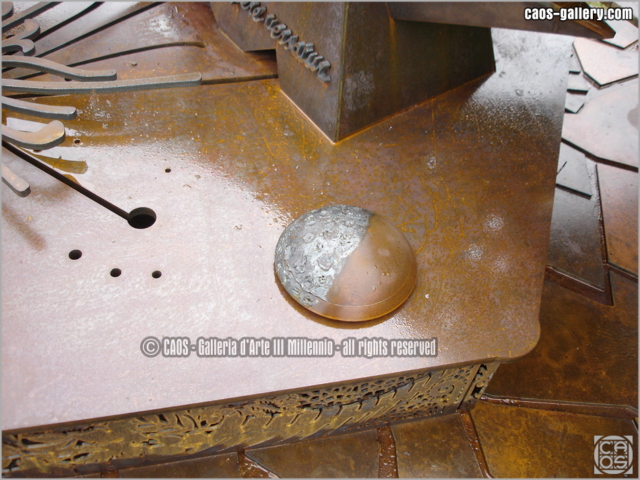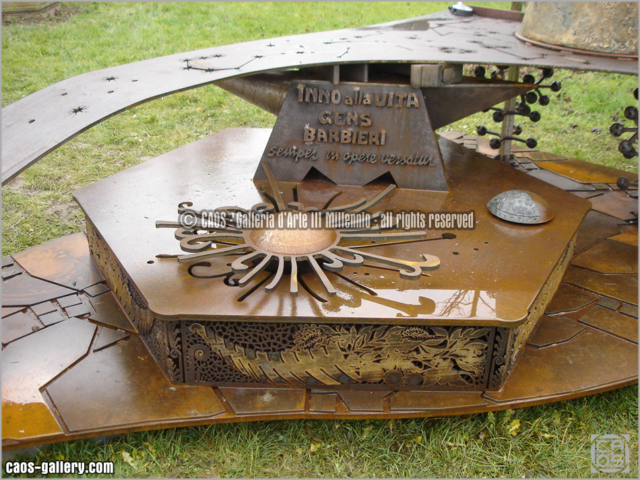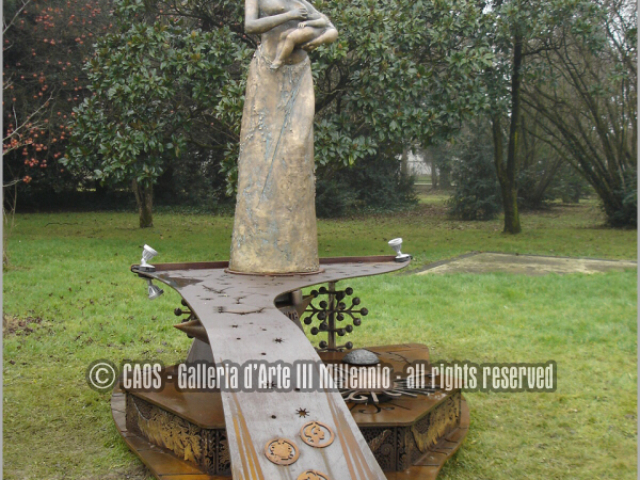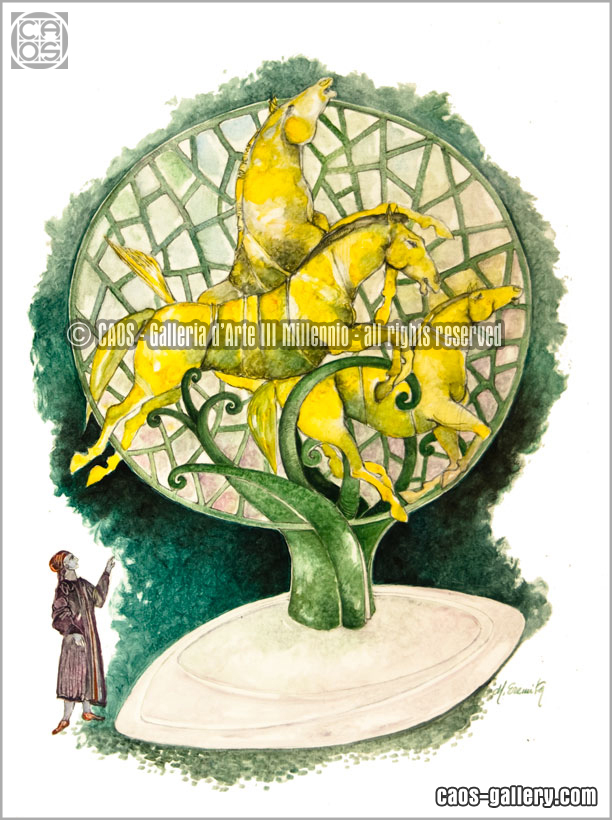premise
The associated artists of CAOS propose themselves for the design and creation of celebratory and commemorative monuments. The theme is the result of consultation with the client and an in-depth philological examination aimed at identifying the formal, symbolic, allegorical and content charactheristics of the work.
The predilection for figurative themes, which therefore give centrality to the human figure, does not preclude the possibility of abstract creations, in particular thanks to the collaboration with the architect-artist Michelangelo Eremita who developed this particular genre of formalism.
About the appropriateness of art in everyday life
In history, beauty is a relative aesthetic attribute or value, linked to human civilizations in their evolution. It is not an absolute value.
In art, beauty underlies the artist’s ability to build a coherent system of abstract meanings, concepts and values and also underlies the ability to transmit them intact and with extreme synthesis and effectiveness such as to directly reach those who are able to grasp them.
Art does not need to be explained, it does not need to be translated or interpreted; art can be read, understood, welcomed, loved; but in it, beauty is an absolute value.
Art does not transmit subjective values, it is not ethical; it refers to basic and fundamental, mysterious rules, linked to illusion, lies, dreams, perhaps to our ancestral fears.
For this reason, beautiful expressions of art contain messages that can be grasped at any time and everywhere, assuming traits of absoluteness or giving the illusion of it.
The questions we must ask ourselves and ask our children today are the following:
“how much art knowledge is there in us?”;
“how much of this knowledge is at the service of mankind?”
A real reflection is needed on the need to conquer a human society based on knowledge ad art; therefore an objectively beautiful society.
Attention towards art from early age must be cultivated in our children. We must take children to museums, to art galleries, we must demand that schools provide teachers od Art History and not just Drawing; we must expect these teachers to transmit a love for art.
Understanding art means knowing how to see and knowing how to see is a difficult goal to achieve; sometimes one life is not enough. We must therefore show the way to young people so that they can choose.
Hypotheses and projects for a renaissance of the arts
Today, not only Religious Institutions of Private Collectors but also and perhaps above all, Public Administrators, play an important function in developing people’s sensitivity towards art. They have the possibility of mending a huge fracture that has been created between the people and contemporary art since the 20th century.
Art must return close to people to lay the foundations for its rebirth. In the planning of master plans, residential areas and in the future redesign of the disheartening industrial areas, recently discouraged by natural disasters, we must return to placing man and humanity at the center and this also passes through careful research and selection of artists capable of carrying out artworks that make the community cohesive. Artworks around which the human community can rally, exactly as happened in our Renaissance with the contribution of the Church but also of enlightened and aware Dominants, such as Federico Da Montefeltro os Sigismondo Malatesta or Lorenzo Dei Medici.
Such work has strong political underpinnings; whoever wants to take in this pleasant and exciting responsibility will get the history. Whoever is able to enrich the community with what is created for it and not what is built for a claimed honor to the “art” itself will have created a thousand possibilities for his fellow citizens.
In these pages we wanted to present some sketches of great artworks for the sole purpose of giving an idea of the possibilities offered by the imagination of the artist Mario Eremita and the architect-artist Michelangelo Eremita.
Tanit and the Eagle
The bronze sculpture represents a female figure ( Tanit Cathaginian goddess of fertility ) with some references to traditional sardinian clothing who emerges from an intricate coral scaffolding.
The bronze sculpture is modeled in clay and subsequently prepared for lost wax casting; only on example will be made, after which the clay model will be destroyed. After the appropriate finishing touches, the statue will be polished, preserving the light encrustations of the natural green of oxidation.
The base integrates with the artwork, providing it with a strongly projecting and elongated dynamic support. This vertical element, not orthogonal to the ground, follows a sinuous trajectory and evokes the connection between the natural movements of the sea and the sky; at its apex there is a capital of vague ionic resemblance.
It is an artwork that proposes the instances of symbolist figurative art. The human body, always observed from bottom to top, follows a spiral shape which, from the roots of the corals, unfolds up to the right arm, stretched upwards, on which the sardinian golden eagle rests, about to take flight.
The main theme is fertility, which has its origins in the sea, becomes coral, a precious support for the earthly and human symbol of fertility and is therefore embodied in that same symbol in the female figure which is, in turn, the fulcrum of the yearning for the flight of the noble bird of the island. The base has the task of elevating the whole of the symbolic figure in order to load it with dramatic tension, spiritual valure and subtle surrealistic connotation.
contact us
















